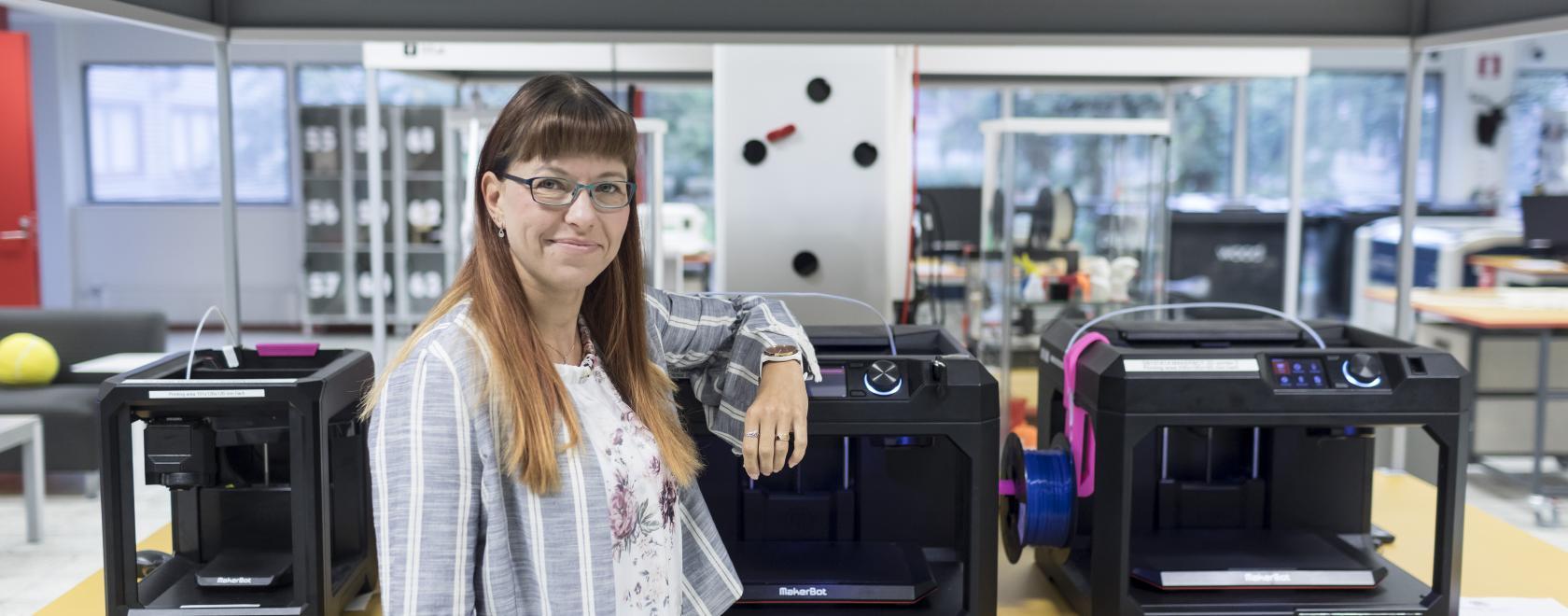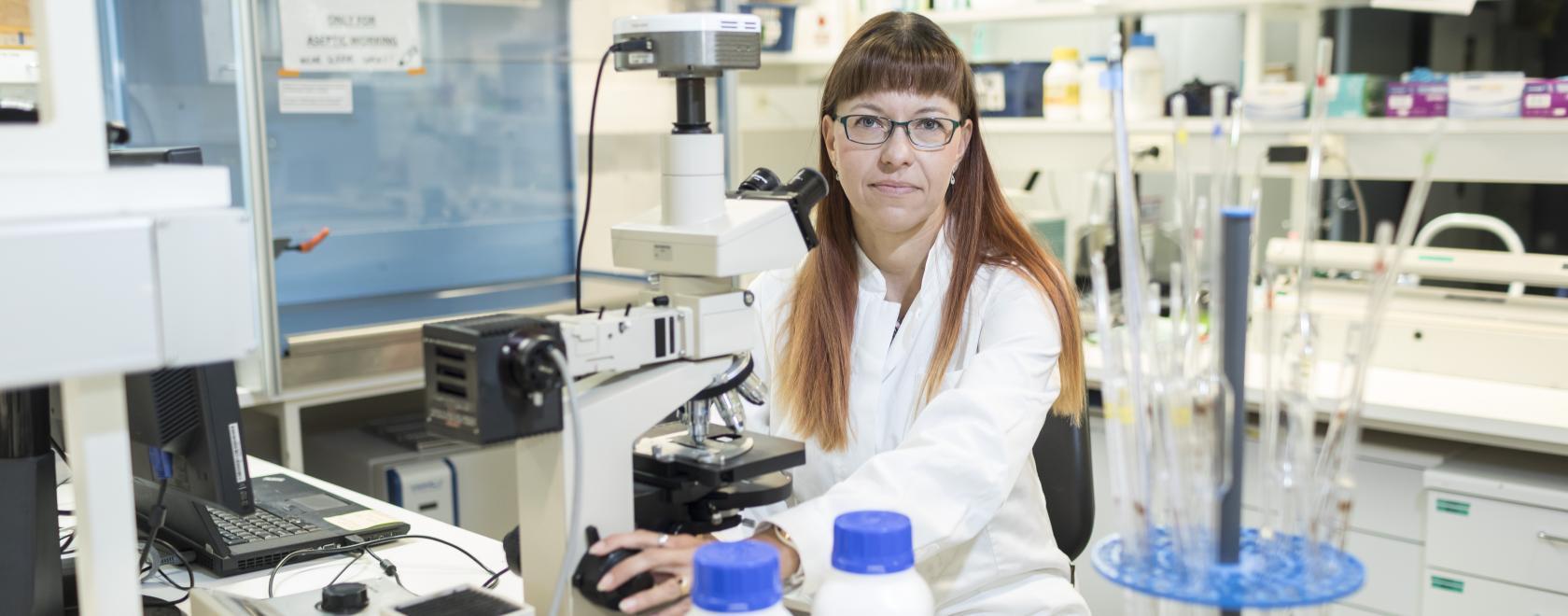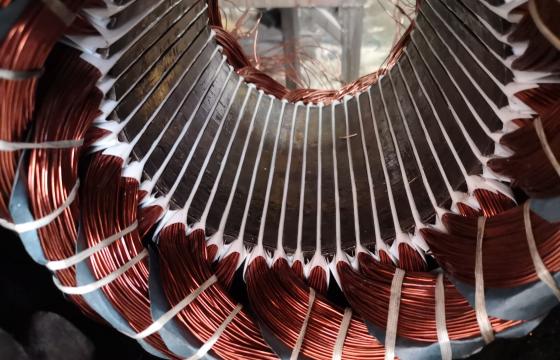
Text: Antti Kivimäki
Brinter Oy Product Manager Sanna Turunen suggests that potential applicants first shortlist business partners according to their desired research topic, and after that start contacting them with confidence.
–Trade fairs and conferences are the easiest way to come within chatting distance of corporate executives, but during a pandemic this is naturally difficult. I recommend thinking back to the research you did at university and any business partners who might have been involved in that. Then contact them, Turunen says.
Turunen assumed a highly active role in her own PoDoCo application, taking care of practically everything herself.
In 2017, Turunen was at the University of Tampere, writing a thesis on microstructure fabrication using laser-based 3D printing. She happened to meet the founders of the Salo-based startup 3DTech, which specialises in industrial 3D printing, at a research meeting on bioprinting.
Turunen realised that she could help the company develop a bioprinter with the help of the PoDoCo programme. The company founders had never heard of the programme, but Turunen explained that it meant they could obtain a free researcher for a year.
They honed the research idea together. Turunen formulated the application, which was accepted by the Cultural Foundation. By February 2018, Turunen was employed by 3DTech, developing a bioprinter that combines various printing techniques and printheads.
Almost immediately, Turunen applied to have 3DTech included in the EU’s Horizon 2020 RESTORE initiative, which seeks new methods for fixing arthrosis damage to knee cartilage with the help of functional nanomaterials. One of the initiative’s two main areas of focus is bioprinting, and 3DTech was successful in securing a research grant of nearly EUR 400,000 for a period of three and a half years.
According to the PoDoCo protocol, Turunen’s next phase from February 2019 onwards would have been a fixed-term employment contract with 3DTech, but the company decided to employ her directly as a permanent employee with the title of Product Manager.
–As it is a small company, my job involves all sorts of things. I am responsible for product development of the 3D bioprinter, but I also conduct research and testing on printerheads, acquire materials and offer technical support for sales and marketing, Turunen explains.
At the beginning of 2021, the company split into two separate companies, with 3DTech continuing in the printing services business and Brinter Oy conducting bioprinter development and sales.
At the time of writing, Brinter had sold 3D bioprinters, mostly to Finnish research institutions and university research teams. A basic printer costs around EUR 25,000. The addition of diverse printerheads according to needs brings the price up to approximately EUR 40,000.
In a bioprinter, the bio ink cartridges are filled with a hydrogel carrying cells, support materials, growth agents and everything which is needed by living tissue. The aim is to turn these into an accurately shaped three-dimensional entity using the printer. Different components need different nozzles; cells, for example, require particularly gentle extrusion to stay alive.
The long-term objective for bioprinting is to produce entire organs, such as a liver or a pancreas, for those who need them. Turunen estimates that this will take another thirty or forty years to achieve, however.
At the moment, bioprinters serve as scientific aids, producing liver tissue, cancer tissue or skin for research purposes, thus reducing the need for animal testing.
–For large tissue sections and organs we have not yet discovered how to print functioning blood vessels. This is why our first applications are cartilage, bone and skin, which contain fewer blood vessels, Turunen explains.
D. Sc. (Tech.) Sanna Turunen got a PoDoCo grant of 28 000 euros in 2018 for a post-doctoral study on combining various 3D-bioprinting techniques



